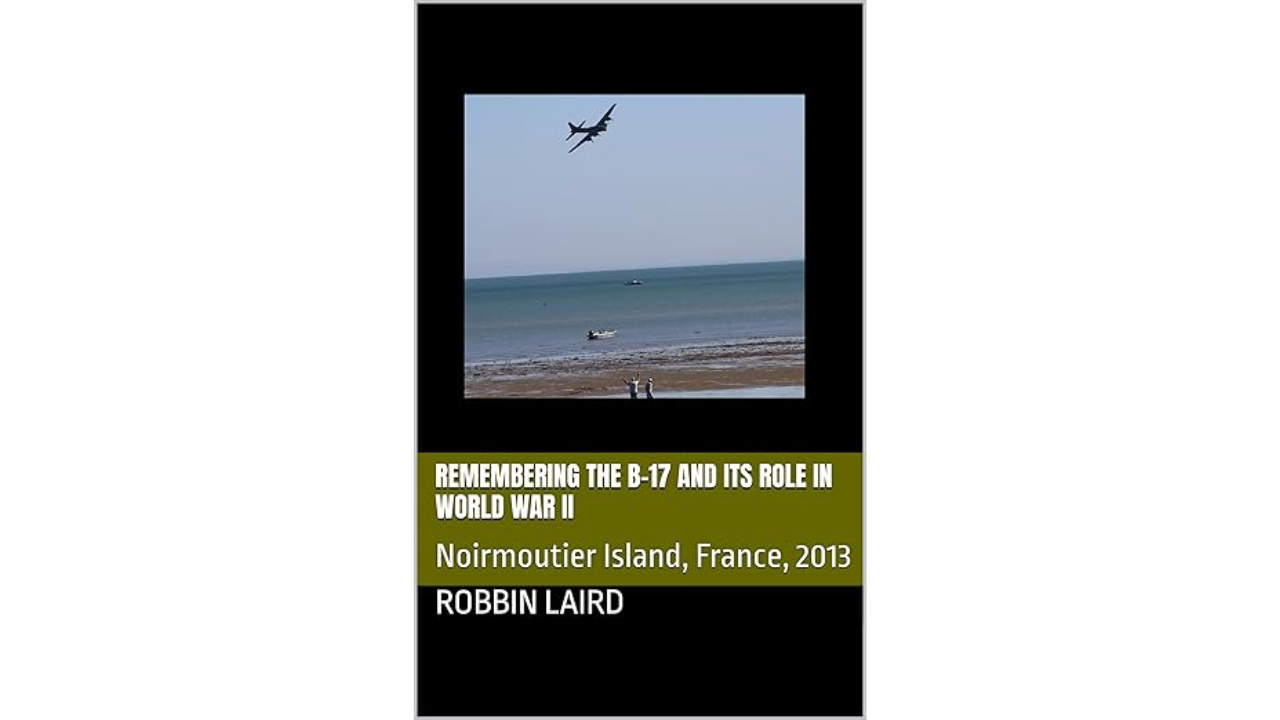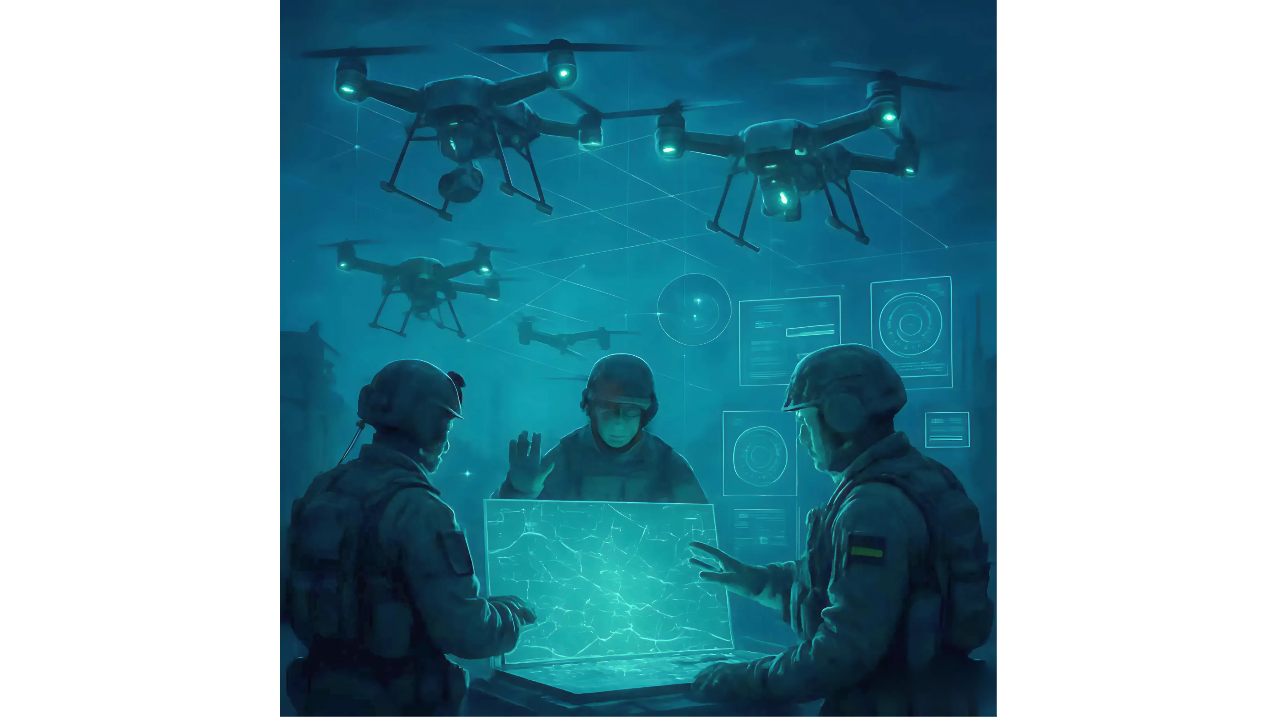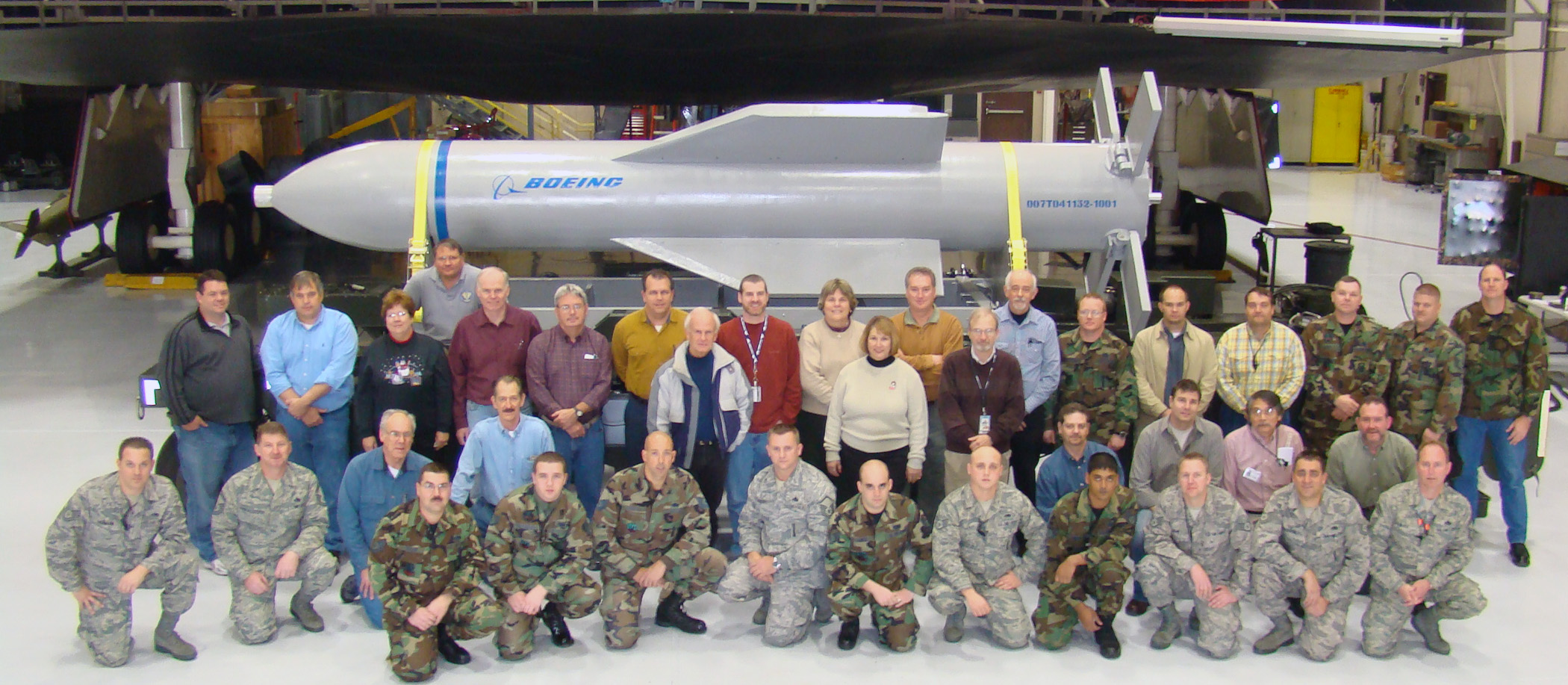Recently, the Polish Foreign Minister argued that Putin had awaken a sleeping giant in terms of European defense efforts. The commitment to 5% defense spending inclusive of 1 and 1/2 percent of GNP on defence related infrastructure will raise a number of analytical questions of who does what with what investments are made, notably with regard to infrastructure spending. We will focus on this issue in our analytical work in the months ahead.
But Pierre Tran recently attended the Paris Air Show and reports here on the significantly enhanced emphasis on defence systems at this year’s Paris Air Show.
By Pierre Tran
Le Bourget, France – The French media covered the 55th Paris air show with much attention on European rearmament, a news angle sharpened with President Emmanuel Macron flying June 20 to the show in a French air force A400M military transport plane.
The armed forces minister, procurement chief, and air chief of staff flanked the head of state and commander in chief as he walked off the aircraft, seen as sign of support for European military capability. Macron went on to make a keynote speech, calling on Europe to strengthen its space technology, seen of strategic significance, and led by China and the U.S.
A French navy H160 helicopter flew Macron to the previous show, two years ago, as Russian forces sought to seize Ukraine with force of arms.
The air show serves as a showcase for the French and international aerospace industry, and also to recruit sought after staff, to be trained and retained by contractors large and small.
This latest show, which ran June 16 to 22, was held under stricter security, with a pat down body search and personal ID check for the first time, on top of the standard bag search and body scan. French journalists noted a tougher application process for the press pass.
There would be “high security” at the show, Guillaume Faury, chair of the Gifas trade association, told a June 5 news conference on the air show. There was no prosperity without security, he said, and there was greater conflict in the world.
The “geostrategic setting” led to a stronger defense presence compared to previous shows, which had a lower military profile, Gifas chief executive Frédéric Parisot said.
Politics and Weapons
There was rising tension from Israeli forces hunting down Hamas irregular fighters in the Gaza strip. Jerusalem opened a new front, striking June 13 nuclear and missile targets deep in Iran before agreeing a ceasefire with Teheran after 12 days of deadly airborne exchange.
Washington brokered a fragile ceasefire between Teheran and Jerusalem, after launching June 21 a surprise long-range attack with bunker buster bombs and submarine-launched cruise missiles, striking three nuclear targets in Iran, including a uranium enrichment plant.
The link between politics and weapons was spelled out again, with France ordering Gifas to cover up stands of five Israeli companies in the vast exhibition hall 3, to remove from sight weapons allegedly used against Palestinians in Gaza. Four other Israeli companies could show their wares, and the Israeli defense ministry stand could also stay open.
The French prime minister opened June 16 the show, and François Bayrou told reporters the situation in Gaza was “terrible,” and his administration ordered the Israeli stands to be covered up because they displayed “offensive weapons.”
Jerusalem fiercely rejected the criticism, with the Israeli defense ministry accusing France of acting out of political and commercial reasons.
While a legal challenge by a public campaign failed to force a shut down of the Israeli arms display, the French government succeeded – at least for some of the most sensitive weapons.
That official sanction echoed an attempt last year by France to exclude Israeli exhibitors at the Eurosatory trade show for land weapons. French courts reversed that government ban, following a legal challenge by the Franco-Israeli chamber of commerce. Israeli companies were able to exhibit at the Euronaval trade show later last year.
Flying displays are a highly dynamic piece of an air show, requiring flexibility on the show organizer. That was seen when a pair of cranes flew over the show when a Rafale was in flight display. That led to a F-35 flight to be postponed to the last in the day, while propeller-driven aircraft were brought up in the flying schedule.
There is French pride in the scale and scope of the air show, with aerial displays seen as a prestige item for trade and public audiences. A pared down display is noted, such as when Farnborough phased out its weekend display, when the show is open to the public.
U.K. Arms Up
A sign of the conflict times could be seen when the U.K. prime minister, Keir Starmer, said June 24 Britain would order 12 Lockheed Martin F-35A, a fighter that allows the Royal Air Force to deliver the U.S.-built B61 tactical nuclear bomb.
That fighter will extend the U.K.’s nuclear capability, presently resting solely on submarine launched U.S.-built Trident missiles, carrying British-built atomic warheads. A 12-strong F-35A squadron could cost “just over £900 mln ($1.1 bln),” daily The Guardian reported.
That order would bring London alongside Paris, which has fighters and submarines capable of firing tactical and strategic nuclear-tipped missiles, with the distinction that France insists on building both types of warhead, in pursuit of autonomy and supporting domestic industry.
Starmer spoke of ordering the F-35A at a shortened Nato summit, held in The Hague, The Netherlands, which U.S. President Donald Trump attended.
Nato members set June 25 a target of 5 pct of gross domestic product for military spending by 2035, up from a previous guideline of 2 pct. Spain withheld its pledge for the new target, prompting Trump to threaten doubling tariffs to punish Madrid. Spain is part of the E.U., so any trade deal would normally be part of a pact between Washington and the 27-strong E.U.
Show Time
If Nato members do spend more on weapons and improve logistics, that would likely boost demand for aircraft, arms, and satellites. That might help the sales teams of shows such as Paris and Farnborough, its U.K. counterpart, as contractors chase orders.
There is a view that some Nato allies will find it hard to find the money, with nations such as France hobbled by hefty public debt and weak economic growth. French companies have pointed up a lack of arms orders from the administration, despite talk of a war economy.
One senior industry executive, however, said June 26 the French administration was placing orders and paying his company on time, so he had no complaints. The executive ran a medium sized company on an arms deal which runs for several years.
For French primes speaking of straitened times, air shows and trade events might gain in importance, offering industry and institutions a means to lobby the administration, reach out to clients and partners, while pitching to VIP foreign delegations, receiving close attention.
Onera Switches Missile Test Launch
Onera, a state-backed research office, said June 10 a test flight of a French full-scale prototype of a hypersonic cruise missile was now planned to take place at the Biscarrosse test site operated by the Direction Générale de l’Armement (DGA) procurement office. The demonstrator was based on the Lea project, which Onera revealed in 2021 with the display of a sleek small-scale model.
Onera and MBDA, a European missile company, had planned to launch a Lea demonstrator at a U.S. base on the East Coast, backed by the U.S. air force and NASA, some years ago. It appears the U.S. launch did not take place, and the test has been brought to France.
The Onera stand at the air show included its Titans project, a study of concepts for the future combat air system (FCAS), looking at prospective weapons midway between cruise missile and drone, René Mathurin, director of defence programs, told the June 10 news conference.
Titans seeks to “transform conventional air combat capabilities,” by flying unmanned aircraft with varying levels of autonomy, fitted with mission modules for air combat, suppression and destruction of enemy air defenses, electronic warfare, and intelligence, surveillance, target acquisition and reconnaissance,” Onera said.
Grand Est Reaches Out
Franck Leroy, the chairman of the Grand Est, a regional council, met the press June 11, setting out a campaign to attract companies and investors to the eastern part of France, in a bid to create 130,000 jobs. There was strong interest in the military, with two army helicopter bases in the region, for combat and transport operations. There was scope for local small and medium companies to provide service support.
Some 36,000 troops were based in the region, which borders Germany, which offered cross-border prospects for investment and industry.
Grand Est was inviting scientific researchers and higher education teachers from the U.S. and other nations to apply for residency in the region, the council said in a June 26 press statement. The council’s bid to attract foreign research and academic talent was inspired by the Stand Up for Scientists and Make Our Planet Great Again campaigns, and the Fulbright scholarship, Grand Est said.
Swedish Air Force Fan Club Meets
The Swedish air force and FMV procurement office met the press at a smart hotel in the capital, on the eve of the air show opening
It was “very easy to draw the wrong conclusion,” brigadier general Lars Helmich of the FMV said, when asked about Pakistan’s claim of downing the Indian air force Rafale. More information was needed, he added.
Islamabad’s claim of shooting down the Rafale in air combat May 7 sparked strong international interest in the lessons learnt, with the Pakistani pilots flying the Chinese-built J-10 fighter, armed with Chinese-built missiles, to hit a Western-built fighter.
A French officer said June 26 there would have been much confusion in the skies over India and Pakistan, with maybe some 120 or so fighters locked in combat. Thorough preparation of the fighter pilots and airborne warning and control systems (Awacs) planes would have helped the Indian air force, the officer said.
Meanwhile, Sweden was looking to replace A109 training helicopters and NH90 transport helicopters, and a government announcement on the latter has yet to be made, an officer said.
The Swedish forces have recommended cancellation of the NH90 and replacement with other helicopters for the army and navy.
The Swedish air force was working hard to fit into Nato air command and the Nordic air power concept, since Stockholm joined the alliance 1-1/2 years ago, said major general Jonas Wikman, commander of the Swedish air force.
“We really feel the pressure,” he said, with a “huge transformation” in operational concept.
Operational tempo has picked up, with the air force performing more than 300 “alpha scramble” quick reaction alerts last year, more than in previous years, he said.
Embraer Flies In
Embraer appeared to have a good air show, with the Brazilian aircraft builder announcing on the first day Portugal pledging to order a sixth KC-390 military transport plane, with an option for 10 more. That option allowed Lisbon to order the aircraft and pass it on to E.U. or Nato allies if allied nations wanted to boost air lift fleets.
The options put a marker down for a place on the production line.
Portugal ordered an initial batch of five KC-390 in 2019 in a deal worth €827 mln, with a first delivery in February 2023, Reuters reported.
Lithuania selected the KC-390, with a prospective order for three units, Embraer said in a June 18 statement.
“Lithuania has chosen Embraer Company for further negotiations and expects to finalize the acquisition contract in the coming months,” said Loreta Maskaliovienė, Vice Minister of National Defense of Lithuania, Embraer said.
The Netherlands signed a contract for an airborne medical evacuation unit for the KC-390, with options for seven more inflight hospital units, Embraer said June 17.
That Dutch deal followed an order for nine KC-390 The Netherlands signed in July last year at the Farnborough air show. That deal was a joint procurement, with five units for The Netherlands, and four for Austria.
Embraer invited some journalists for a flight on the KC-390 on Sunday before the show opened, and more reporters were invited to an evening cocktail reception on the Eiffel Tower. The Brazilian company was corporate sponsor on the lanyards for the show pass.
Did the KC-390 program reflect a “paradigm change” for Brazil, asked a July 2015 report from Fondation pour la Recherche Stratégique, a think tank.
The KC-390, launched in 2009, was a medium lift twin-jet which reflected Brazil’s ambition to cut dependence on foreign nations, supply defense equipment, pursue technological and industrial autonomy, launch programs under Brazilian prime contractorship, work with partner nations, and win export deals, the FRS report said. The report was titled Arms Production: Brazil in Search of Autonomy.
Saab Gets Closer to France
Saab took a step toward a contract with France, with the DGA signing June 18 a letter of intent with the Swedish company for two GlobalEye airborne early warning and control (AEW&C) jets, with an option for two more.
The United Arab Emirates flew over one of its five-strong GlobalEye fleet for static display at the show.
A French deal for the GlobalEye has rankled Dassault Aviation executive chairman Eric Trappier, who sees procurement of the rival Canadian Bombardier business jet as a direct affront to the Falcon jet built at the Merignac factory, near Bordeaux, southwest France.
That Swedish spy plane flies the Saab Erieye radar fitted on a Bombardier Global 6000/6500 jet. The GlobalEye will replace the four-strong fleet of Boeing E-3F Airborne Warning and Control System (Awacs), which entered service in France in 1992.
France signed in 2010 a contract worth $466 mln for a mid-life upgrade of its U.S.-built Awacs fleet, and in 2017 upgraded the avionics to install a “glass cockpit.” That latter upgrade was expected to extend the life of the fleet to at least 2035.
The spy plane was part of an agreement signed at the show by the French armed forces minister, Sébastien Lecornu, and his Swedish counterpart, Pal Jonson, the ministry said in a June 23 statement.
That bilateral pact set out a “road map,” which included Stockholm’s order for the MBDA Akeron anti-tank missile, and security of supply for weapons and explosives. The agreement included the Meteor air-to-air and Aster surface-to-air missile, as well as short-range missiles, the ministry said.
There was little sign of the Saab Gripen fighter, but there was little point sending one over as the show was effectively the special reserve of the Rafale, an executive close to the Swedish delegation said.
A U.S. air force F-35A and German air force Eurofighter Typhoon were among the fighters flying in the air displays at the show.
Aarok And Rocket Artillery
Turgis Gaillard, a French medium-sized company, placed on static display a version of its Aarok low-cost medium-altitude, long-endurance drone, with this model fitted with a conventional pilot’s canopy. This glass canopy, as used with a pilot in the cockpit, made this aircraft clearly distinct from the all metal combat drone displayed at the previous show, when it grabbed media attention.
Aarok had partnered with Thales to fit the AirMaster S radar, Turgis Gaillard said in a June 17 statement, headlining the “100 pct French” nature of its air surveillance capability.
There has been much discussion of a perceived need for French weapons to be “ITAR-free,” referring to the U.S. international traffic in arms regulations applied by the state department. French companies have sought to address clients’ concerns on Washington holding up foreign deals when U.S. parts need to be cleared.
Turgis Gaillard also displayed Foudre, or Thunder, a guided multiple rocket launcher system alongside the MALE drone, which was flanked by an Akeron long-range missile and unmarked weapons.
Loitering Munitions-Lessons from Ukraine
KNDS France, Delair, and EOS Technologie said June 17 they were launching on the export market a range of loitering munitions which could hit targets at range of two km to 100 km. These kamikaze drones with a deadly payload were developed from a weapon, the MV-25 Oskar, rushed to Ukraine for use against Russian troops. KNDS and Delair developed Oskar in less than two years and was now part of the four-strong Mataris range. That delivery was faster than the eight years previously seen as normal for bringing a new weapon to market, reporters heard. EOS was the partner for the medium range weapons, which could carry a
The French army was receiving the MX-10 Damocles, which was entering service in July 2025, KNDS said in a statement. The loitering munition had a 10 km range.
France, Spain Back the A400M
The opening of the show offered Airbus a red letter day, with France and Spain signing June 16 a letter of intent aimed at ensuring production of the Airbus A400M to the end of 2028.
Those key client nations were bringing forward planned orders, to allow Airbus to keep the factory at Seville, southern Spain, open, and buy time for the company to win export orders.
Paris and Madrid were bringing forward orders respectively for four and three units.
The A400M program accounted for more than 10,000 direct jobs in Europe, the French armed forces ministry said, of which 2,400 were in France and in more than 80 companies on the national territory, many of which were small and medium sized.
Space Vortex
Back on the space trail, Dassault’s large exhibition stand in the cavernous hall 2A included a a small-scale model of a space plane, dubbed Vortex (Véhicule Orbital Réutilisable de Transport et d’Exploration). There were information panels on the wall, with English first, French second, setting out the main features of the spacecraft.
There was a clear headline: A Strategic Asset for Power and Autonomy.
The armed forces minister, Lécornu, and Trappier signed June 20 “an agreement to support the development of a spaceplane demonstrator,” the company said. That demonstrator for what was for now a science fiction vessel would be “the first step in an incremental and intrinsically dual roadmap for the development of a family of spaceplanes called Vortex.”
Anduril and Rheinmetall As Partners
The U.S. determination to grab a piece of the European rearmament cake could be seen with a deal announced by Anduril and Rheinmetall, with the American and German industrial partners developing European versions of the Barracuda and Fury drones for the European market. The two companies would also look at adapting Anduril’s solid rocket motors for European missiles and rockets.
Sense of History
The air show’s flow of deals, real and prospective, was punctuated by a memorial ceremony attended by President Macron, marking the 1940 June 18 call to arms by the then army general Charles de Gaulle, calling on BBC radio the French nation to join the Resistance and fight against the Nazi occupation.
France’s deep sense of history can also be seen by a plaque which hangs at Le Bourget train station, giving honor to the Jews shipped from that rail station to Auschwitz death camp.
The featured image was generated by an AI program.






